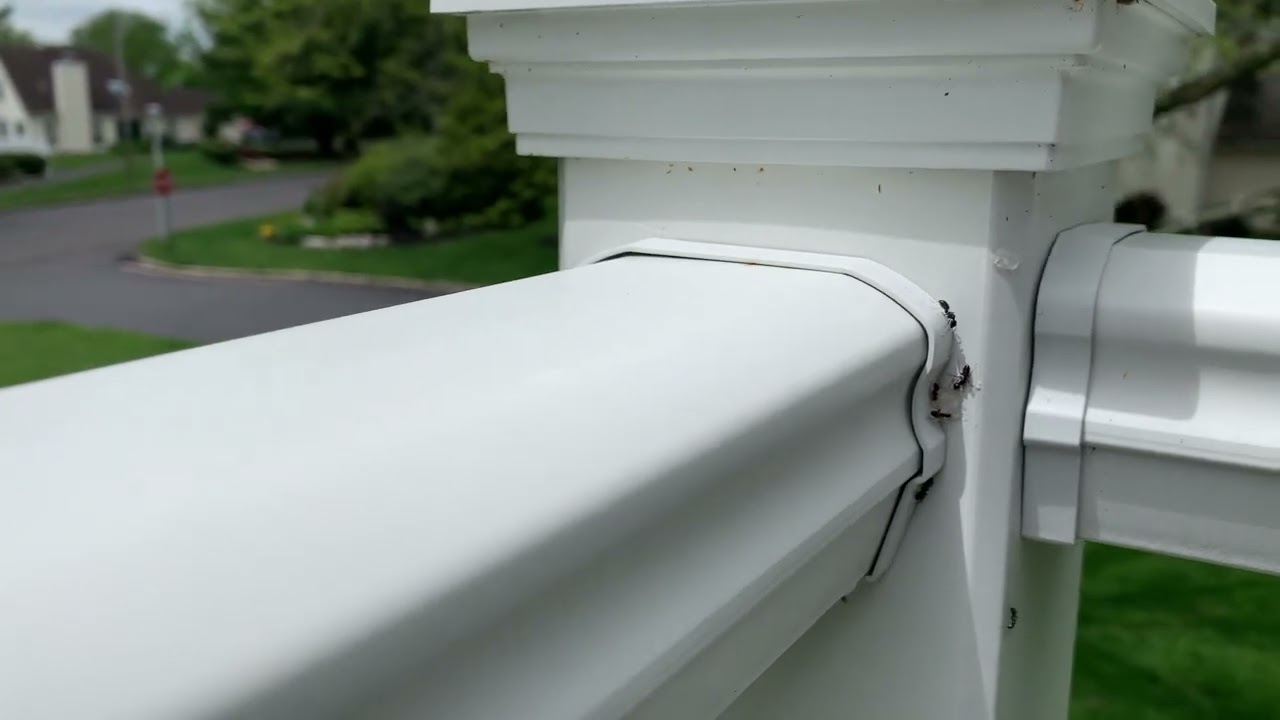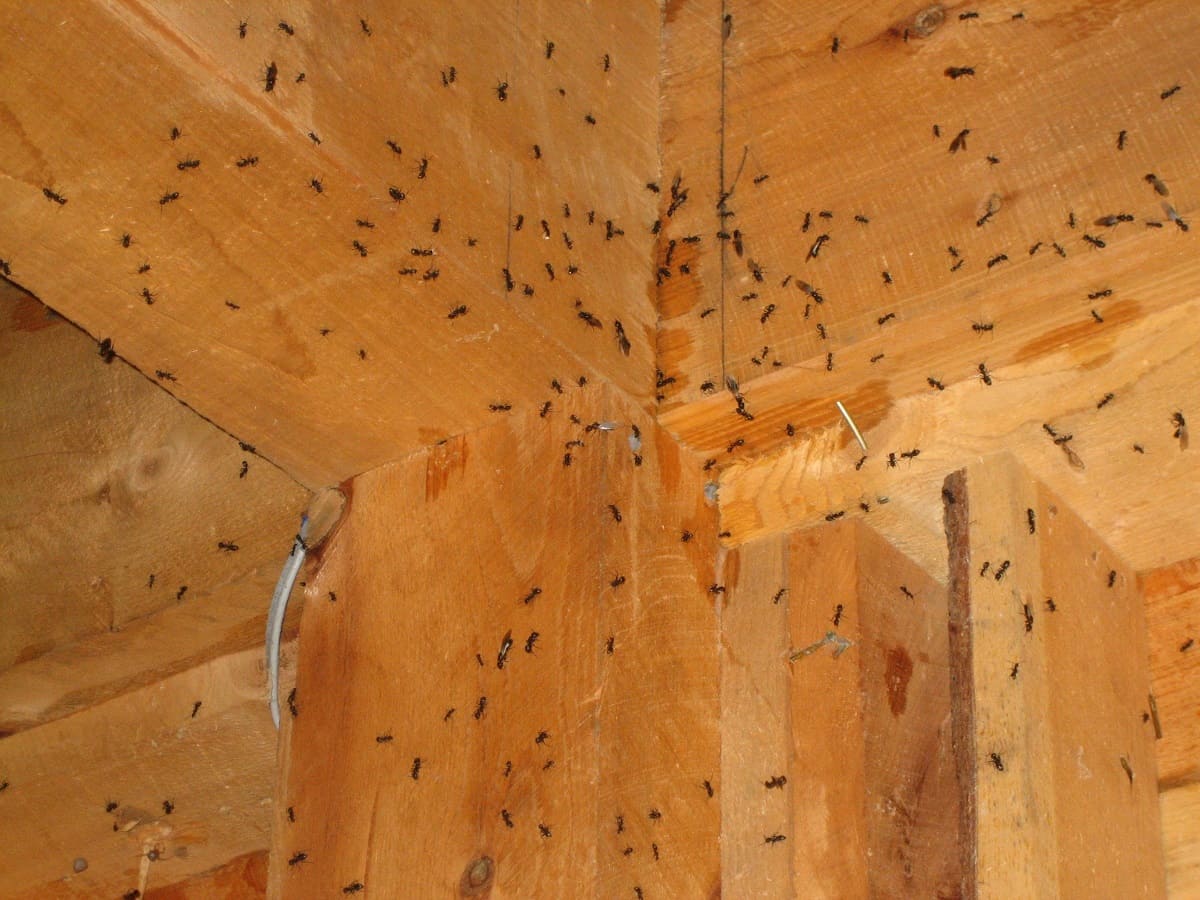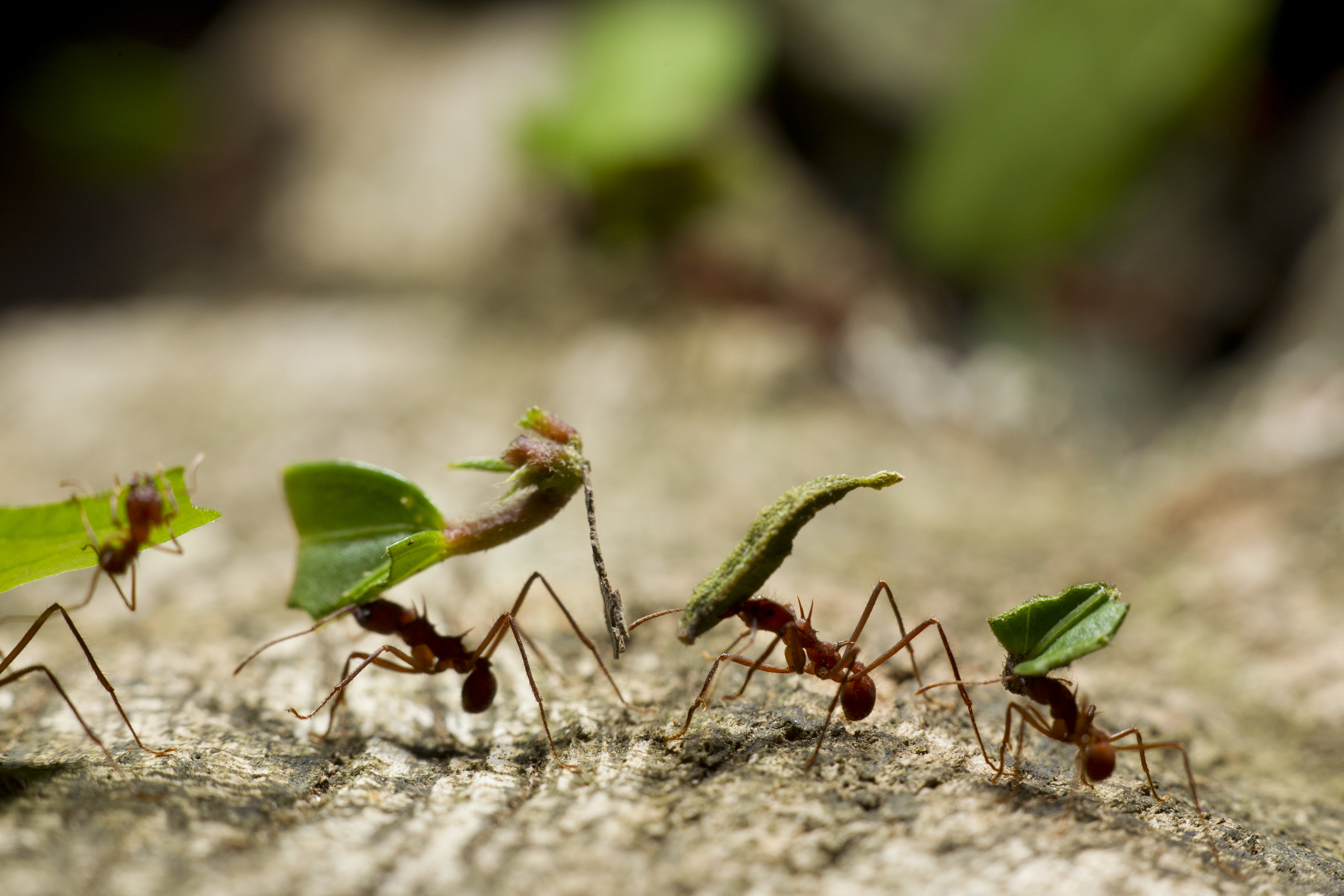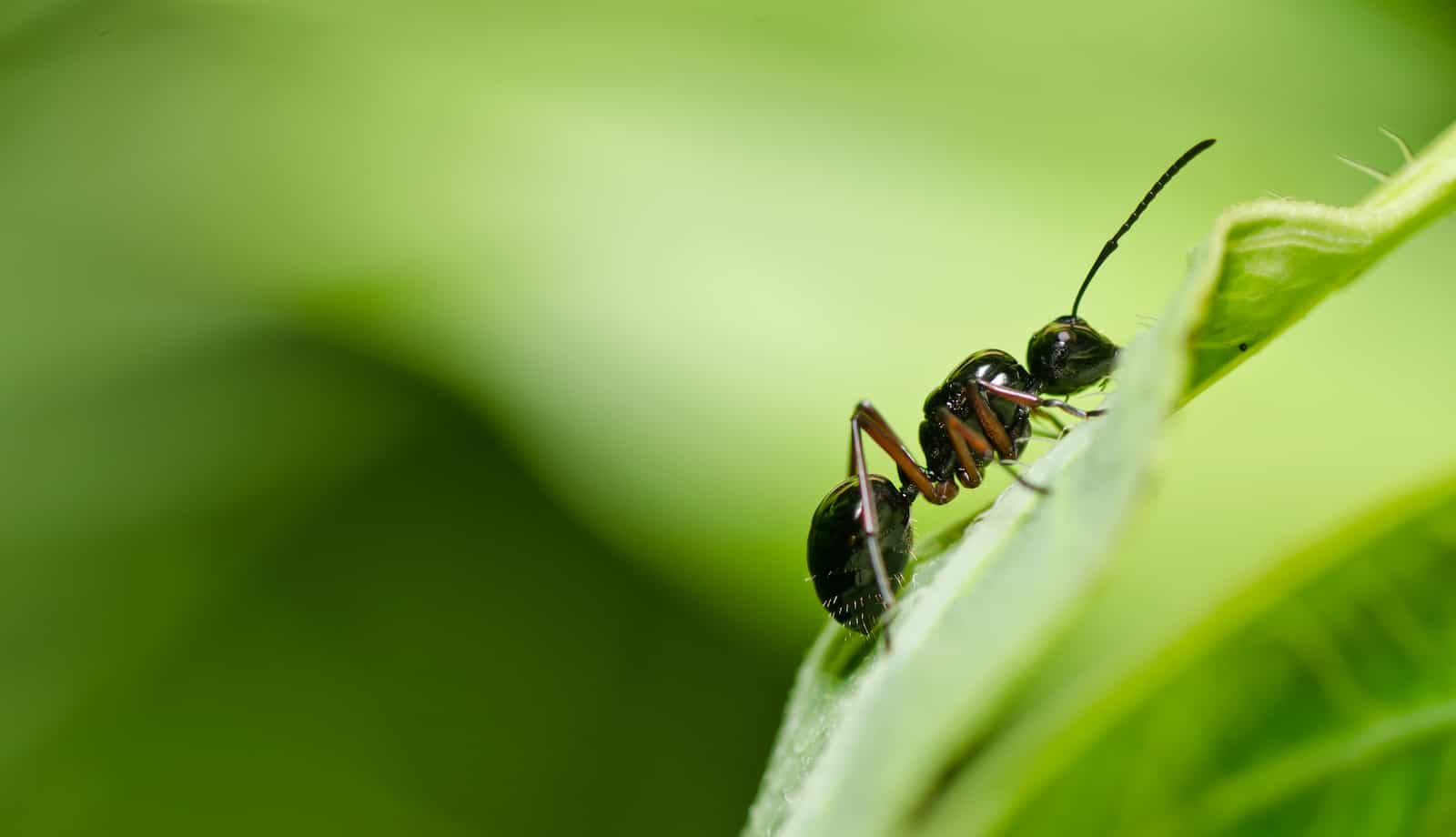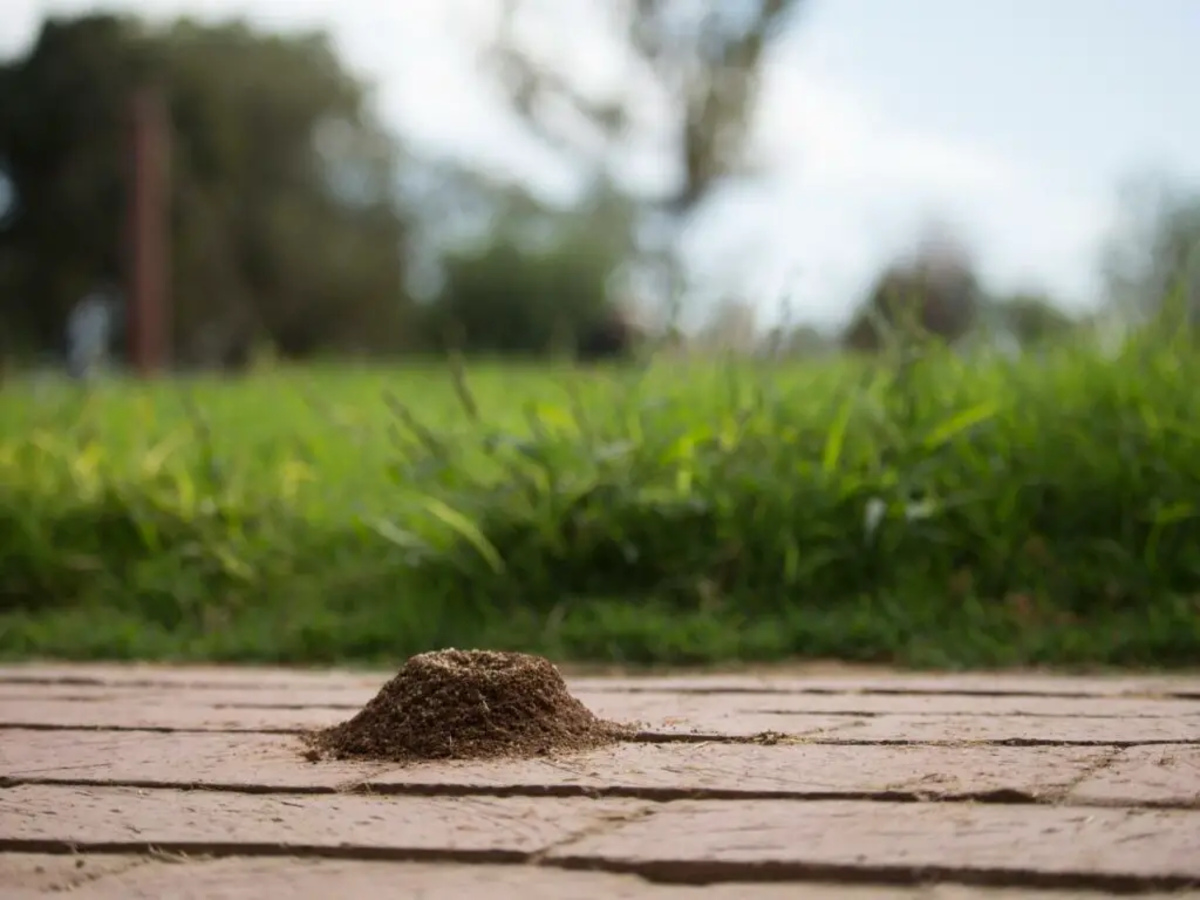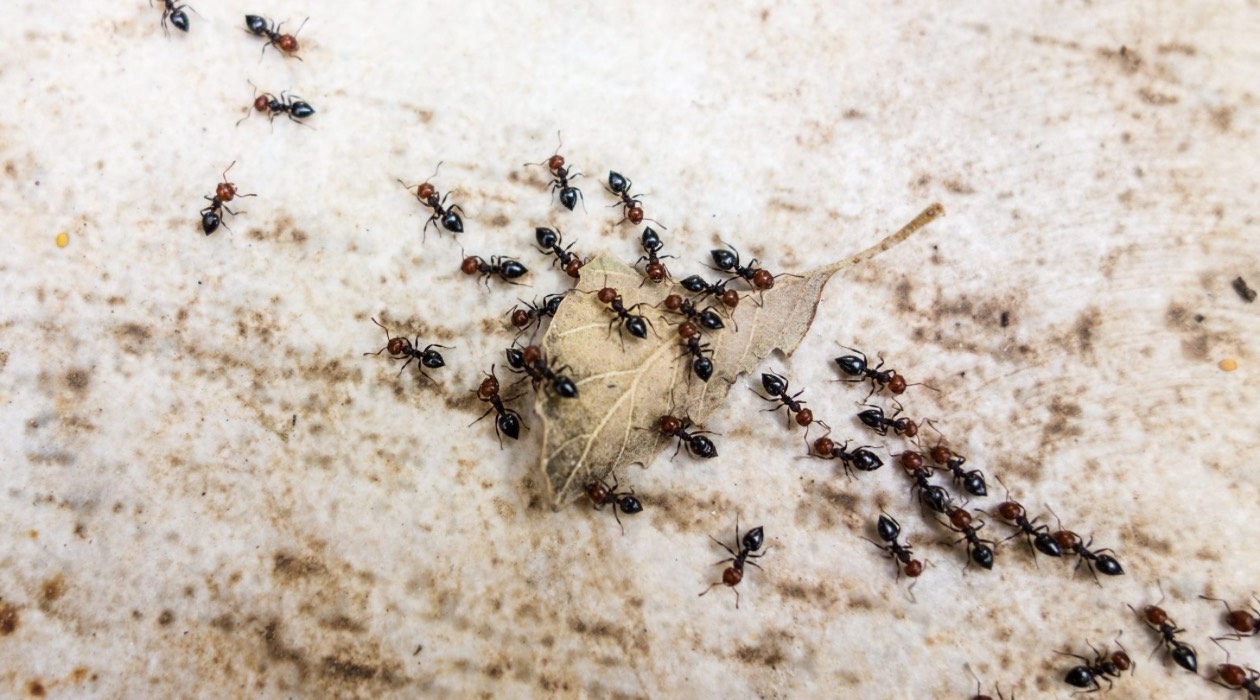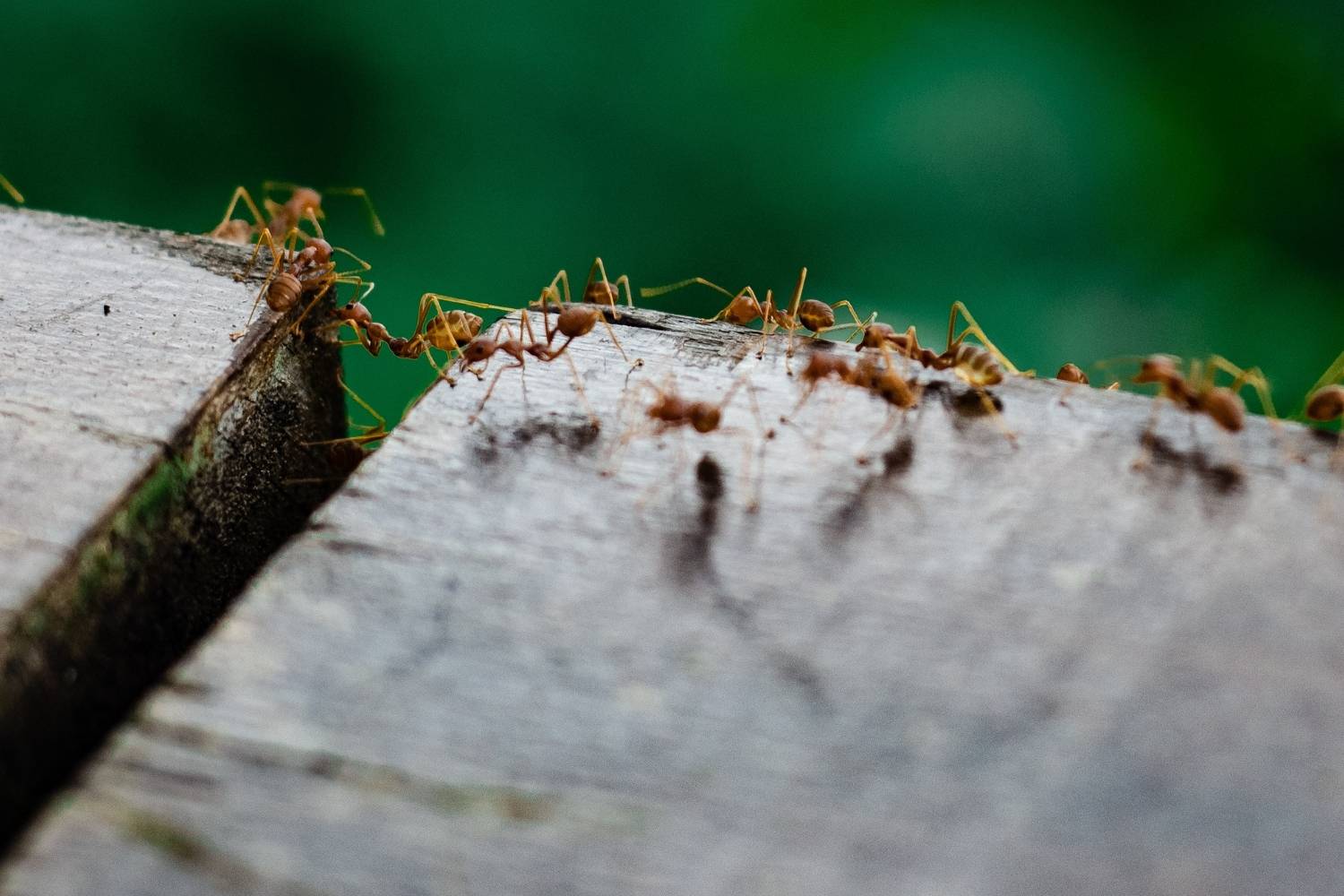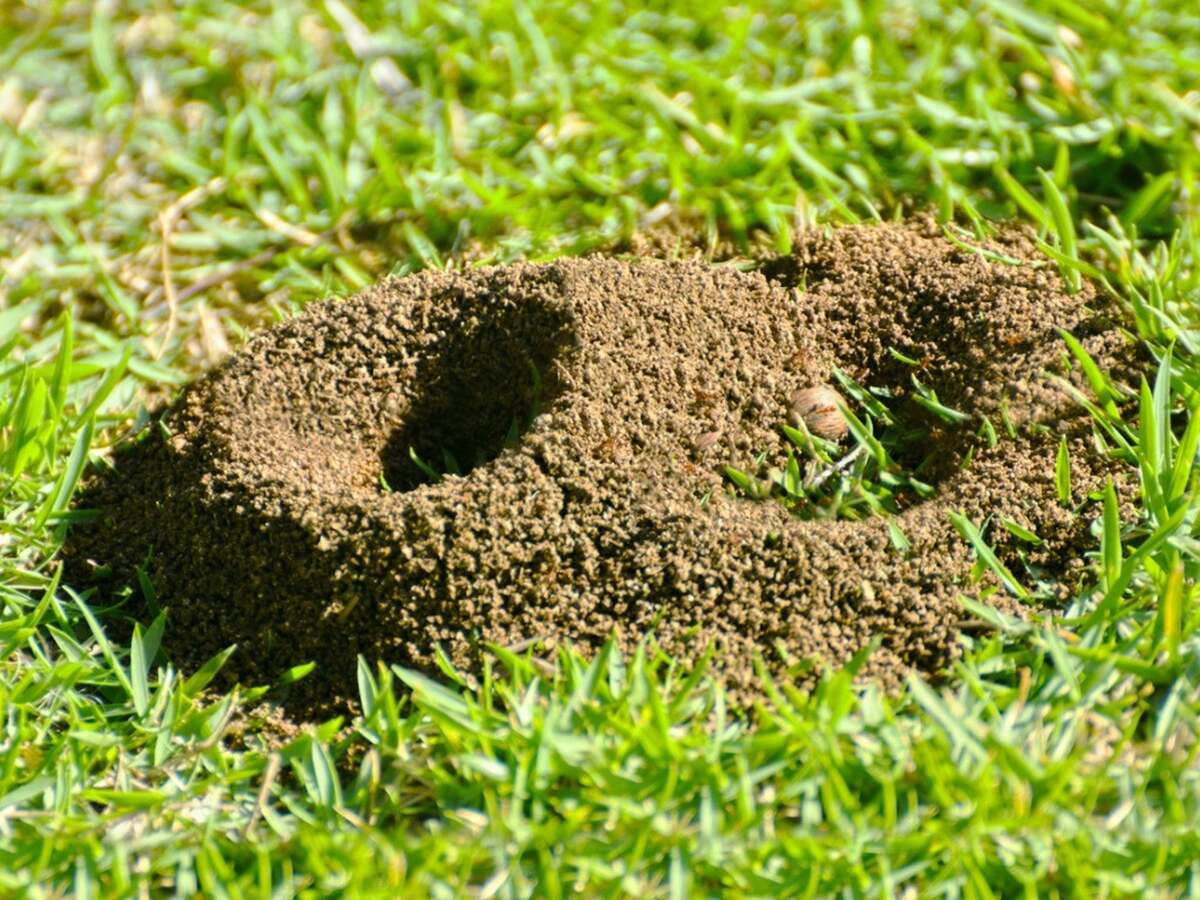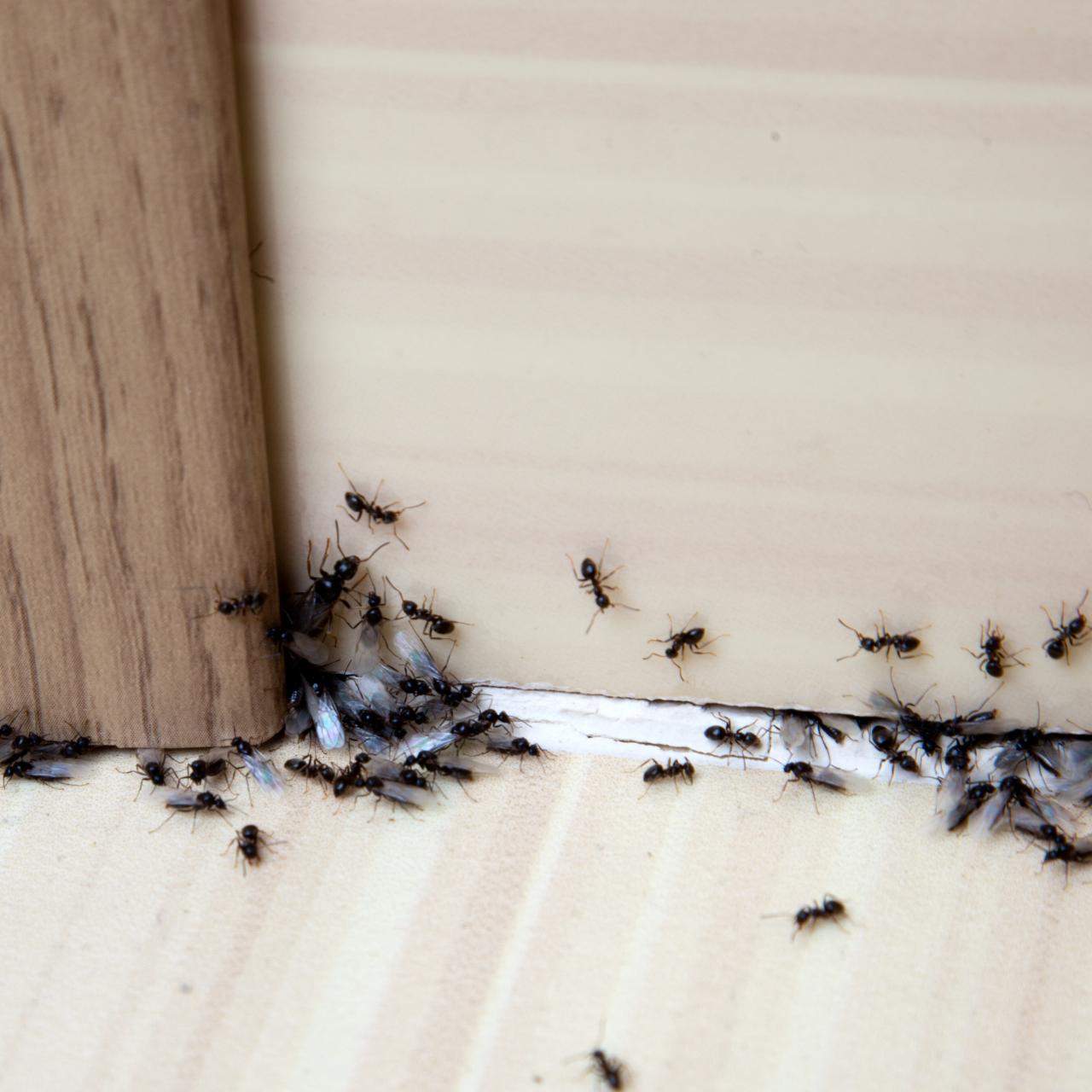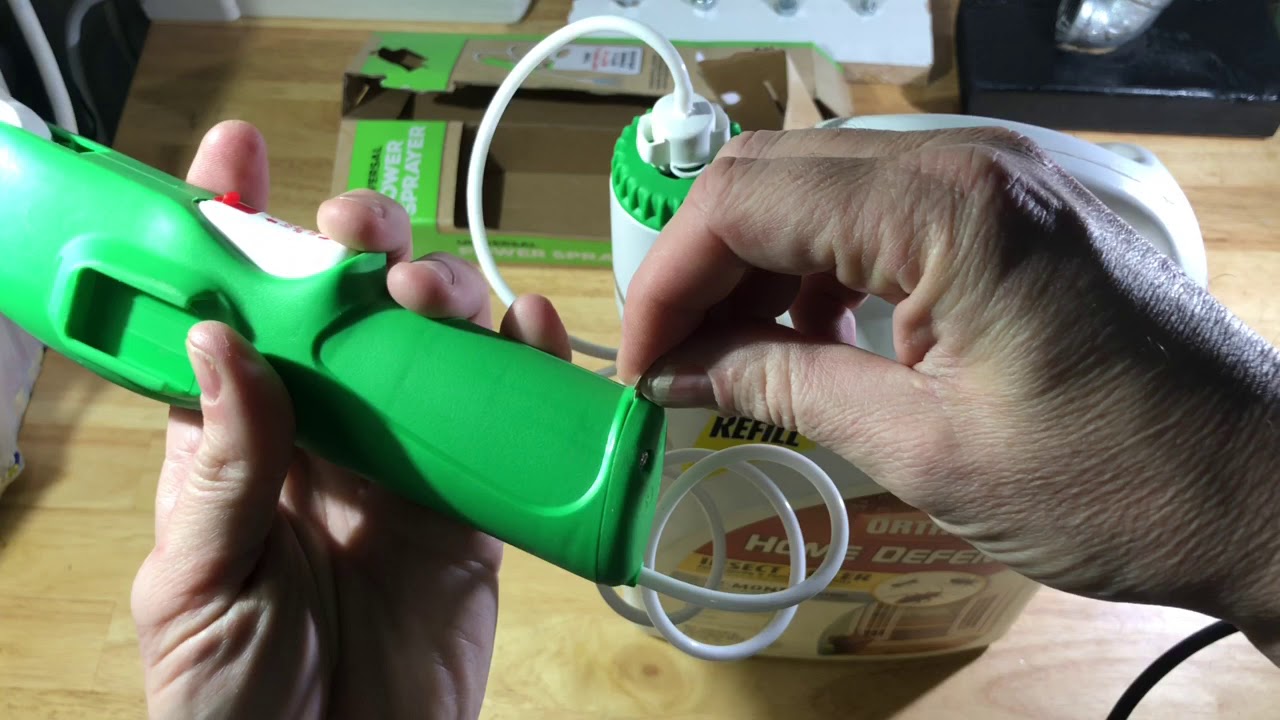Home>Home Security and Surveillance>How Do Ants Get Into Home Defense Ant Traps
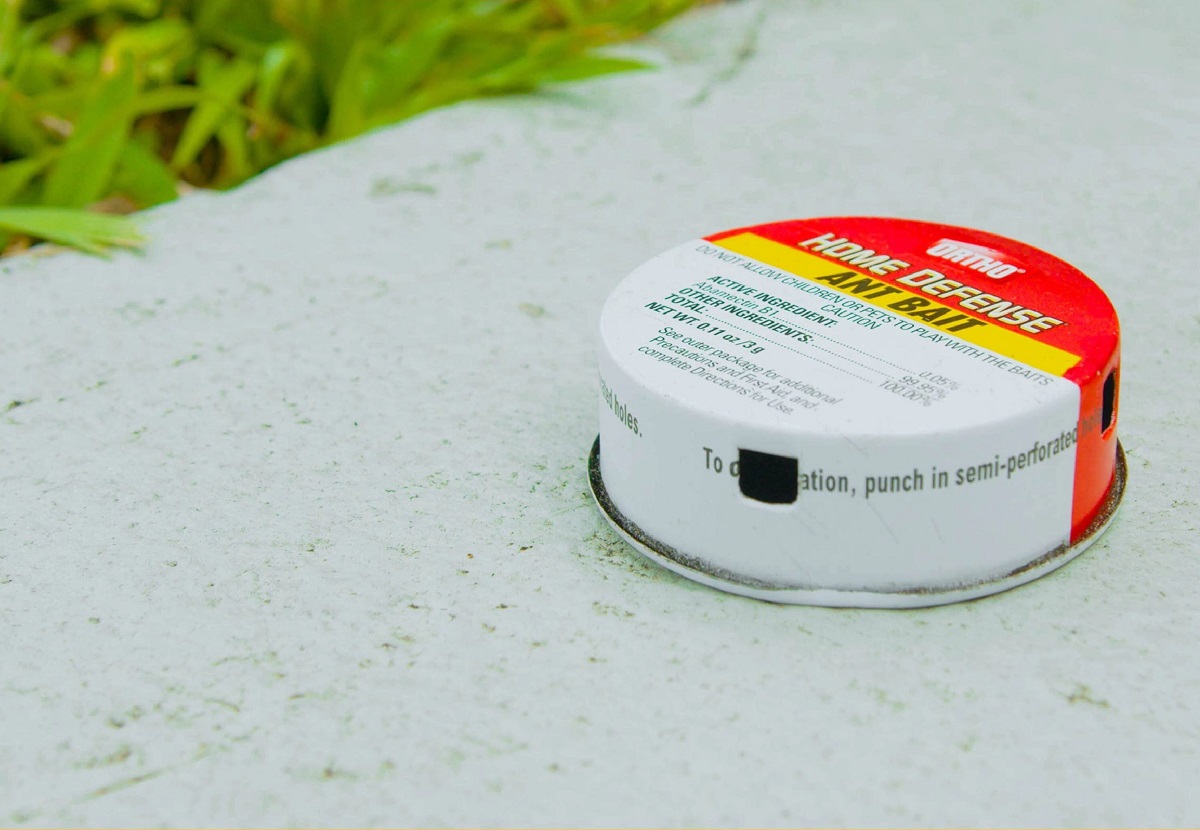

Home Security and Surveillance
How Do Ants Get Into Home Defense Ant Traps
Modified: March 6, 2024
Keep your home secure with our effective and easy-to-use ant traps. Discover how ants infiltrate your home and how our defense traps can eliminate them. Choose home security and surveillance that works.
(Many of the links in this article redirect to a specific reviewed product. Your purchase of these products through affiliate links helps to generate commission for Storables.com, at no extra cost. Learn more)
Introduction
Welcome to the world of home security and surveillance. In today’s fast-paced and technology-driven world, ensuring the safety and protection of our homes is of paramount importance. One of the key components of a comprehensive home security system is effective ant traps. But have you ever wondered how ants manage to infiltrate these defense mechanisms?
Ants are notorious for their uncanny ability to find their way into our homes, no matter how well-protected we think we are. They are small, resourceful, and highly motivated when it comes to obtaining food and water. In this article, we will explore the various methods ants use to discover and infiltrate home defense ant traps, as well as the factors that attract them to these traps.
So, let’s dive in and unravel the mysteries of ant intrusions in our home defense ant traps. Understanding their tactics and motivations will provide us with valuable insights to better protect our homes and loved ones.
Key Takeaways:
- Ants use their keen senses and physical adaptability to infiltrate homes, making it crucial to seal entry points and strategically place ant traps to prevent their intrusion.
- Selecting the right bait, maintaining cleanliness, and regularly monitoring and replenishing ant traps are essential in effectively attracting and eliminating ants from homes.
How Do Ants Find Their Way Into Homes?
Ants are tiny creatures, yet they possess astonishing navigation skills that allow them to find their way into our homes with ease. They rely on a combination of senses and innate abilities to accomplish this feat.
One of the key factors that aids ants in finding their way is their heightened sense of smell. Ants release pheromones, which are chemical substances used for communication and marking trails. When an ant discovers a source of food, it leaves behind a trail of pheromones for its fellow colony members to follow. This trail acts as a roadmap, guiding ants straight to the food source.
Another factor that helps ants enter homes is their ability to detect temperature variations. Ants are skilled at sensing temperature changes and can follow these gradients to pinpoint the location of a potential food source indoors. They are especially attracted to warm and humid environments, making our cozy homes an ideal destination for them.
Furthermore, ants can navigate by using visual cues. They possess compound eyes that allow them to detect changes in light intensity and movement. This enables them to identify openings and cracks in our homes that serve as entry points.
Lastly, ants have an incredible ability to squeeze through tiny spaces. Their exoskeletons are flexible, allowing them to contort and fit through even the tiniest gaps. This remarkable physical adaptability enables them to access our homes through minuscule cracks, gaps in window frames, and spaces under doors.
In summary, ants find their way into homes through a combination of scent trails, temperature detection, visual cues, and their extraordinary ability to navigate through small spaces. Understanding these mechanisms is crucial in developing effective strategies to prevent their intrusion.
Understanding Home Defense Ant Traps
Home defense ant traps are essential tools in our battle against ant invasions. These traps are designed to attract and eliminate ants, providing an effective and efficient solution to keep our homes ant-free. But how exactly do these traps work?
Home defense ant traps are typically baited with a combination of food attractants and insecticide. The bait attracts ants, enticing them to enter the trap. Once inside, the ants consume the bait and carry it back to their colony, where it is shared with other members, including the queen. This leads to the widespread distribution of the insecticide, resulting in the eradication of the entire colony.
The effectiveness of home defense ant traps lies in the choice of bait. Different ant species are attracted to different types of food, so it is crucial to select a trap that targets the specific ant species invading your home. Common bait ingredients include sweet attractants, protein-based attractants, or a combination of both. These baits mimic the ants’ natural food sources and increase the likelihood of attracting them to the trap.
In addition to attracting ants, home defense ant traps need to be strategically placed in areas where ants are commonly found. This includes entry points such as windowsills, doorways, and areas where ants have been spotted. Placing traps along ant trails or near their nests can also be effective.
When using home defense ant traps, it is important to exercise caution and follow the instructions provided by the manufacturer. Proper placement and maintenance of the traps are essential for maximum effectiveness. Regularly checking and replenishing the traps, especially if the bait has been depleted or contaminated, will ensure continued ant control.
Keep in mind that home defense ant traps should be used in conjunction with other preventive measures to achieve long-term ant control. These measures include keeping the house clean and free of crumbs or food debris, sealing cracks and gaps, and eliminating potential food and water sources that may attract ants.
Understanding the inner workings of home defense ant traps allows us to leverage their effectiveness in combating ant infestations. By selecting the right bait, strategically placing the traps, and implementing other preventive measures, we can ensure a more successful and thorough defense against ants in our homes.
Factors That Attract Ants to Home Defense Ant Traps
When it comes to attracting ants to home defense ant traps, several factors play a crucial role in maximising their effectiveness. Understanding these factors can help us create an irresistible lure for ants and increase the chances of successfully eliminating them from our homes.
1. Bait Selection: Choosing the right bait is paramount in attracting specific ant species to the trap. Different ants have different dietary preferences, so selecting a bait that closely resembles their natural food sources is essential. Sweet baits are generally effective for sugar-loving ants, while protein-based baits work better for ants that prefer proteins and fats. By catering to the ants’ specific food preferences, we increase the likelihood of them being drawn to the trap.
2. Bait Placement: Proper placement of the ant trap is critical for attracting ants. It’s important to position the trap in areas where ants are commonly seen or along their trails. Placing the trap near entry points such as windowsills, doorways, or cracks where ants typically enter can also increase the likelihood of attracting them to the trap. By strategically positioning the trap in high-traffic areas, we create a direct path for ants to discover and enter the trap.
3. Timing: Timing is another factor that plays a role in attracting ants to home defense ant traps. Ants are most active during certain times of the day or year, depending on the species. Understanding the specific activity patterns of the invading ant species can help determine the optimal time to deploy the trap. By aligning the placement of the trap with the ants’ peak activity periods, we increase the chances of attracting a greater number of ants to the trap.
4. Environmental Factors: The surrounding environment can also influence the attractiveness of home defense ant traps. Ants are more likely to be drawn to traps placed in areas with heightened humidity or warmth, as these conditions mimic their natural foraging environments. Additionally, placing the traps near potential food and water sources, such as crumbs or leaky pipes, can enhance their appeal. By considering the environmental factors that attract ants, we can strategically position the traps for optimal efficacy.
5. Minimizing Competition: Lastly, reducing competition from other food sources can increase the allure of home defense ant traps. A clean and well-maintained home, free from accessible food crumbs or spillages, can make the trap the most appealing option for hungry ants. Ensuring that the trap is the most enticing food source available encourages ants to choose it over other potential food options within the house.
By taking these factors into account when setting up home defense ant traps, we can create an environment that is irresistibly attractive to ants. Ensuring the right bait selection, strategic placement, proper timing, consideration of environmental factors, and minimizing competition will increase the chances of success in attracting and eliminating ants from our homes.
To prevent ants from getting into home defense ant traps, make sure to place the traps in areas where ants are likely to travel, such as along baseboards, near entry points, and in the corners of rooms. Keep the area around the traps clean and free of food crumbs to reduce the attraction for ants.
Methods of Ant Entry Into Home Defense Ant Traps
The effectiveness of home defense ant traps lies in their ability to attract ants and lure them inside. However, despite the traps’ purpose of eliminating ants, some resourceful insects still manage to find their way in. Understanding the methods ants use to enter these traps can help us better safeguard against their infiltration.
1. Through Cracks and Gaps: Ants are experts at squeezing through even the tiniest cracks and gaps. They can easily navigate their way into homes through openings in windows, doors, or even gaps in walls. It is important to seal any potential entry points by using caulk or weather stripping to prevent ants from accessing the trap from outside.
2. Along Trails: Ants are highly social insects that communicate using pheromone trails. When an ant discovers a food source, it leaves behind a trail to guide other colony members. If an ant trap is placed along the trail, ants may inadvertently stumble upon it during their foraging activities, leading them to enter the trap.
3. Exploration: Ants are curious creatures and naturally inclined to explore their surroundings. They may come across an ant trap while foraging or searching for food, which can pique their interest and lead them to investigate further. Once inside the trap, they may consume the bait or carry it back to their colony, resulting in colony-wide elimination.
4. Attraction to Bait: Home defense ant traps are designed to be enticing to ants, using bait that mimics their natural food sources. The attractive scent and taste of the bait lure ants towards the trap. As they come in contact with the bait, they may get trapped or carry the bait back to the colony, ultimately leading to the eradication of the entire ant population.
5. Exploiting Weaknesses in Trap Design: While home defense ant traps are designed to be effective, some persistent ants may find ways to exploit weaknesses in the trap’s design. They might be able to bypass the entry mechanism or remove the bait without triggering the trap’s mechanism. This highlights the importance of selecting high-quality ant traps that are specifically designed to withstand ant ingenuity.
To prevent ants from entering home defense ant traps, it is essential to implement strategies that address these entry methods. This includes sealing cracks and gaps, regularly cleaning and maintaining the traps, and selecting traps that are resistant to ant manipulation. By understanding the various ways ants can gain access to the traps, we can develop more effective defenses and increase the overall success of ant elimination efforts.
Read more: How To Get Firearm Permit For Home Defense
Preventing Ants from Getting into Home Defense Ant Traps
While home defense ant traps are designed to attract and eliminate ants, it’s crucial to take preventative measures to ensure that ants do not bypass the traps or interfere with their effectiveness. By implementing the following preventive strategies, we can enhance the efficiency of home defense ant traps and minimize the risk of ant infestations.
1. Sealing Entry Points: Ants are adept at finding even the tiniest cracks and gaps to enter our homes. Regularly inspect and seal any potential entry points, such as windows, doors, and gaps in walls or foundations. Use caulk, weather stripping, or sealant to block these openings, making it harder for ants to infiltrate your home and reach the ant traps.
2. Maintaining Cleanliness: Ants are attracted to food and water sources. Keeping your home clean and free of crumbs, spills, and food debris is essential in deterring ants from entering. Regularly sweep, vacuum, and mop your floors, wipe down countertops, and clean up any spills promptly. Empty trash cans regularly and store food in airtight containers to minimize tempting scents that could draw ants towards the traps.
3. Eliminating Attractants: Ants have a keen sense of smell and are drawn to food and water sources. Keep your dishes clean, dry sinks and countertops, and fix any leaky pipes or faucets to eliminate potential water sources that may attract ants. By removing these attractants, you reduce the chances of ants being enticed to explore your home and bypass the ant traps.
4. Strategic Placement of Ant Traps: Proper placement of the ant traps is critical for maximum effectiveness. Position the traps in areas where ants are commonly seen or along their foraging trails. Place them near entry points, such as windowsills, doorways, or cracks, to intercept ants as they attempt to enter. By strategically placing the traps, you create obstacles that steer ants towards the traps instead of allowing them to roam freely within your home.
5. Maintaining and Replenishing the Traps: Regularly inspect and maintain the ant traps to ensure their functionality. Check for any signs of damage or tampering and replace or repair the traps as necessary. Also, keep an eye on the bait levels and replenish them when depleted. Fresh bait provides a more enticing lure for ants, increasing the effectiveness of the traps.
6. Regular Monitoring: Stay vigilant and monitor the traps regularly for any signs of ant activity. This allows you to identify any potential issues or areas where ants may be circumventing the traps. Make adjustments to the placement or bait as needed to ensure the traps remain effective in attracting and eliminating ants.
By implementing these preventive measures, you create a multi-layered defense against ant incursions. Combining the use of home defense ant traps with these strategies significantly reduces the likelihood of ants getting into the traps and further minimizes the risk of ant infestations in your home.
Conclusion
Home security and surveillance are essential for maintaining the safety and comfort of our homes. When it comes to dealing with ant invasions, home defense ant traps provide a powerful tool to combat these persistent pests. Understanding how ants find their way into our homes, the inner workings of home defense ant traps, and the factors that attract ants are crucial in developing effective strategies for ant control.
Ants utilize various methods to infiltrate our homes, including exploiting cracks and gaps, following scent trails, and simply exploring their surroundings. By sealing entry points, maintaining cleanliness, and eliminating attractants, we can reduce the risk of ant infestations and the chances of ants bypassing our defenses.
Home defense ant traps play a vital role in the battle against ants. By selecting the right bait, strategically placing the traps, and regularly maintaining and monitoring their effectiveness, we increase the likelihood of attracting ants to the traps and eradicating entire colonies.
However, it is important to note that home defense ant traps should be used as part of a comprehensive ant control strategy. These traps should be complemented by other preventive measures, such as keeping the house clean, sealing entry points, and minimizing potential food and water sources. Understanding the methods ants use to enter homes provides valuable insights into how we can prevent their intrusion and maximize the effectiveness of ant traps.
In conclusion, by combining preventative measures, such as sealing entry points and practicing good hygiene, with the strategic use of home defense ant traps, we can create a robust defense system against ant invasions. Remember to choose the right bait, place the traps strategically, regularly monitor and maintain them, and be proactive in addressing any signs of ant activity.
By taking these steps, we can ensure that our homes remain ant-free, providing us with peace of mind and a secure living environment for ourselves and our loved ones.
Frequently Asked Questions about How Do Ants Get Into Home Defense Ant Traps
Was this page helpful?
At Storables.com, we guarantee accurate and reliable information. Our content, validated by Expert Board Contributors, is crafted following stringent Editorial Policies. We're committed to providing you with well-researched, expert-backed insights for all your informational needs.
